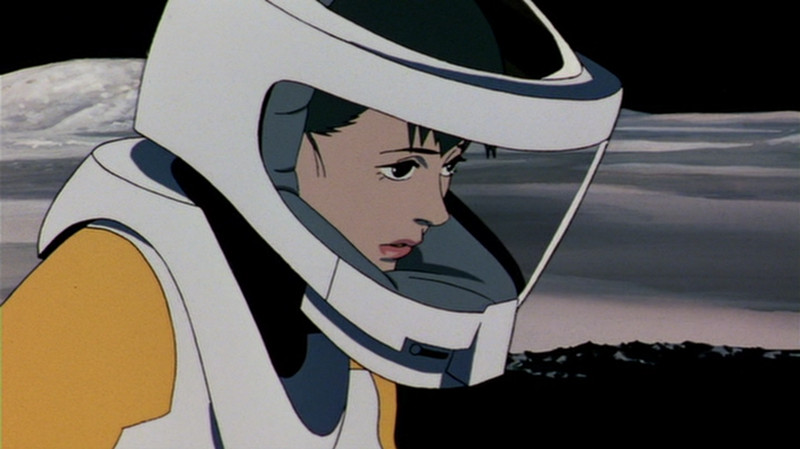
When you think of great animated movies, what comes to mind? Usually, we think of Disney or Pixar. While many of those films are great, often times we forget about the smaller fare.
In this list, we’ll give those films the appreciation they deserve. Some of these are obscure and others have been forgotten, but all are great films in their own right and are highly recommended viewing.
1. The Castle of Cagliostro (1979, Hayao Miyazaki)
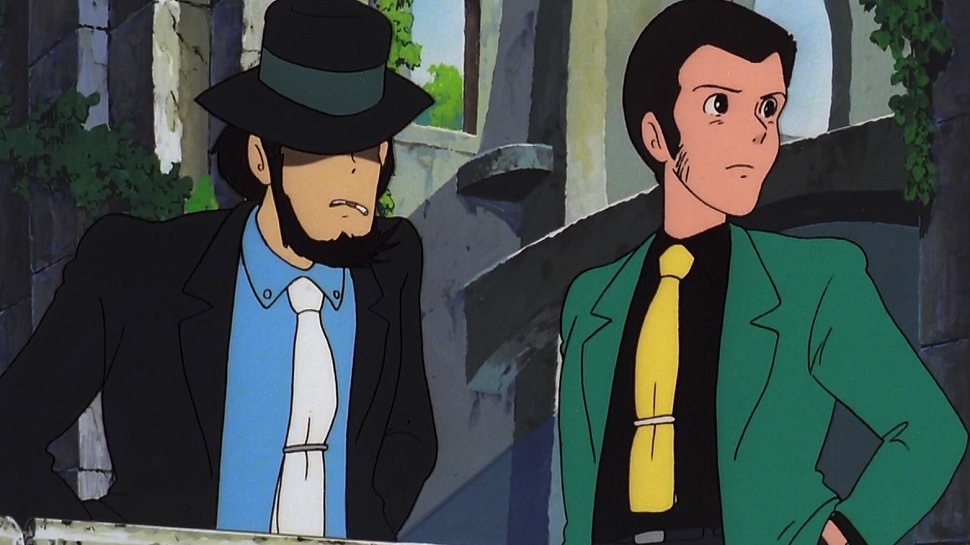
No list of great animated films is complete without at least one Hayao Miyazaki film. We all know and love his movies, whether it be “My Neighbor Totoro” or “Spirited Away”. Despite this, his debut film, “The Castle of Cagliostro”, remains in relative obscurity.
Based on the popular series “Lupin III”, the film follows the titular Lupin, a gentleman thief, as he attempts to free a princess from the evil Count Cagliostro who has married the girl against her will, in an attempt to acquire a treasure to which she holds a key.
“The Castle of Cagliostro” doesn’t contain the familiar traits of Miyazaki’s other works, or even the visual mastery. It has a cartoonish feel and a sly, comedic tone which leads to many great and fast-paced action scenes that never take themselves seriously. It may not be Miyazaki’s best film, but it’s certain to keep audiences of all ages riveted.
2. The Secret of NIMH (1982, Don Bluth)
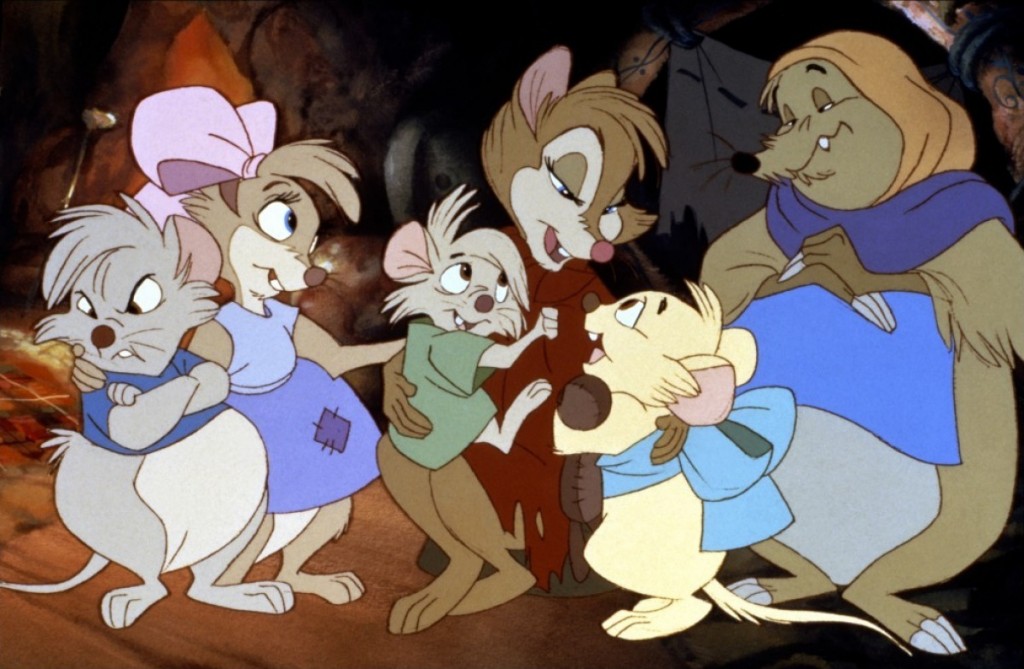
Don Bluth’s feature film debut, an adaptation of Robert C. O’Brien’s novel “Mrs. Frisby and the Rats of NIMH”, “The Secret of NIMH” follows Mrs. Brisby (Elizabeth Hartman), a recently widowed field mouse, as she prepares to move her family out of their home in a field before it is plowed. Unfortunately, her youngest son falls ill, which requires her to seek the aid of intelligent rats in moving their home.
What particularly stands out about the film is its beautiful animation. Bluth, a former Disney animator, uses seamless animation and colorful backgrounds to great effect; every frame is intricate and beautifully conceived. Its biggest strength, however, is its fantastic characters.
Every character is memorable and deeply complex, but the greatest character is Mrs. Brisby. She isn’t the badass heroine we’ve grown accustomed to; she’s just a mother doing what she has to do in order to save her family. What helps make Mrs. Brisby such a great character is Hartman’s emotive performance (her last before her tragic death five years later).
Over the years, “The Secret of NIMH” has gained a cult following, but its greatness is far from being universally acknowledged. It is a truly great film and a masterpiece of animation. If you haven’t seen it, you’re in for something special.
3. The Plague Dogs (1982, Martin Rosen)
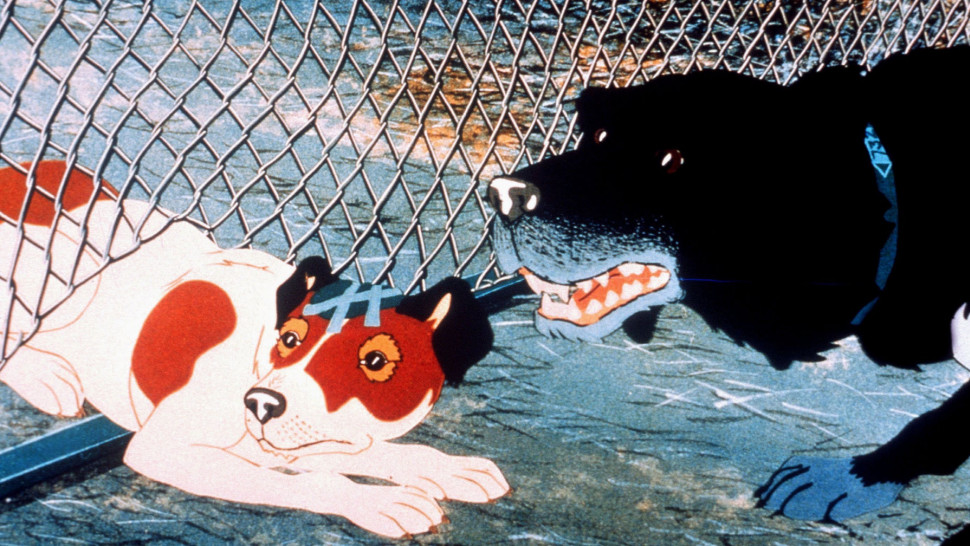
Based on the novel of the same name by the late Richard Adams, “The Plague Dogs” was Martin Rosen’s second film (his first being “Watership Down”, also an adaptation of an Adams novel). it is a shockingly violent tale with a strong anti-vivisection message.
We follow two dogs, Snitter (the late John Hurt) and Rowf (Christopher Benjamin), who escape from an animal research facility. Though initially relieved, their vision of an idyllic future is quickly shattered when they’re hunted by their captors.
Rosen didn’t pull any punches with this movie. It’s a brutal and hopeless film with a heart-wrenching ending, effectively driving home its anti-vivisection message. It may not be an easy watch (especially for dog lovers), but it’s an unforgettable film that deserves your attention.
4. When the Wind Blows (1986, Jimmy T. Murakami)
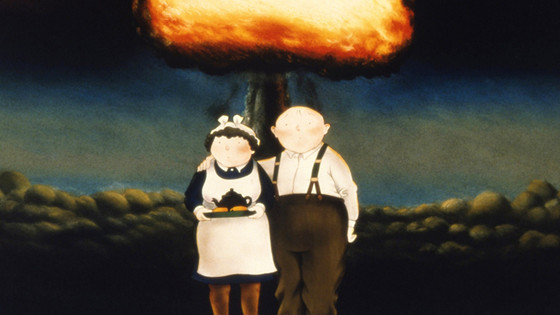
An adaptation of Raymond Briggs’ graphic novel, “When the Wind Blows” shows the aftermath of a nuclear bombing from the point of view of an elderly couple, the Bloggs (John Mills and Peggy Ashcroft).
The film starts out deceptively funny; a dark comedy about a naive but lovable couple doing their best to survive, but it quickly turns to despair when the bomb hits. We are hit with the utter hopelessness of the situation as the two slowly succumb to radiation poisoning.
It may not be well-known, but “When the Wind Blows” is one of the most effective statements against nuclear warfare ever written. It never goes for scenes of graphic violence or tries to move you with cheap sentimentality, but it speaks about the realities of a postwar environment in a mature and realistic way.
5. The Brave Little Toaster (1987, Jerry Rees)
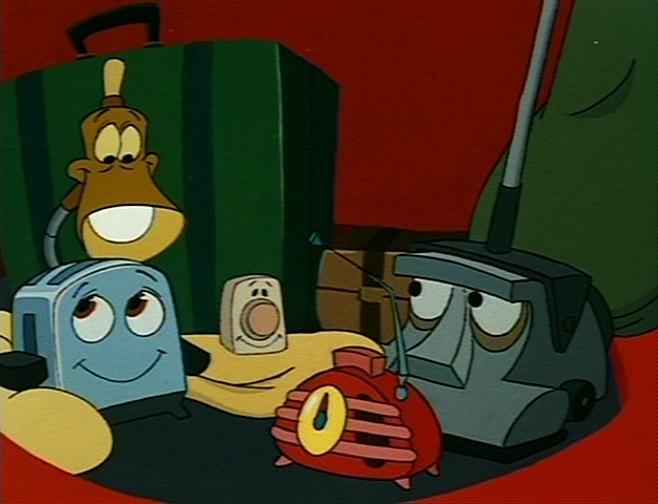
“The Brave Little Toaster” is a rather simple tale told in a very unique way. We follow a group of household appliances, led by the titular Toaster (Deanna Oliver), who, after being abandoned, sets out to find their “master”.
Despite the cutesy title and admittedly strange premise, “The Brave Little Toaster” is a fantastic film. Visually, the animation is smooth and colorful, but the film’s writing is its biggest strength. The characters are rich and dynamic; we want to see them succeed in their journey, which occasionally leads to some cleverly written satire of consumerism and our over-reliance on technology.
After receiving glowing reviews at the Sundance Film Festival (the first animated film to do so), “The Brave Little Toaster” received a very limited theatrical release which did very poorly. Today, the film has gained a cult following, due in part to the film’s crew going on to much more high-profile work, including John Lasseter and Joe Ranft, who later gained fame through their work for Pixar.
6. Only Yesterday (1991, Isao Takahata)
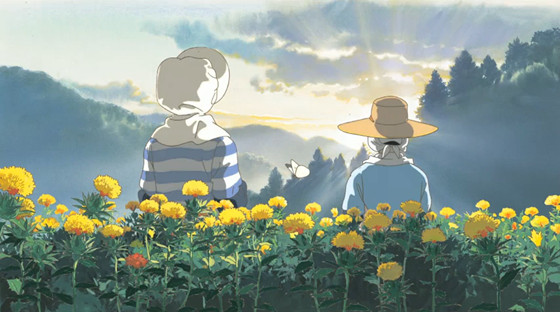
Though it was part of the Disney / Studio Ghibli deal, Disney refused to dub “Only Yesterday” into English, due to the film’s adult themes and frank discussions of menstruation. Because of this, “Only Yesterday” was commercially unavailable in North America until it received an English dub from GKIDS in 2016 – 25 years after its original release.
Our main character is Taeko, a 27-year-old woman, unmarried and disinterested in having children. Tired of the hustle and bustle of the city, she decides to travel to the Japanese countryside. Along the way, she begins to reminisce about her school days. The film alternates between past and present as she becomes increasingly nostalgic, while also struggling with love, work and identity.
“Only Yesterday” is among Studio Ghibli’s finest works. It’s a poignant and engrossing drama, with a fantastically written lead character, about how childhood dreams and aspirations, even the most trivial ones, can affect an adult’s life. A must see for any Ghibli fan.
7. Porco Rosso (1992, Hayao Miyazaki)
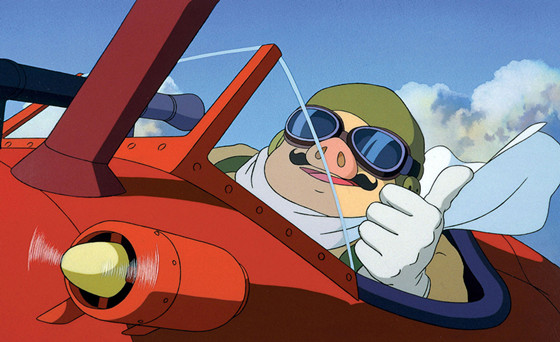
One of his lesser known works, Hayao Miyazaki’s “Porco Rosso” has a premise that is strange, but distinctly Miyazaki.
Set in 1930’s Italy, the film follows Porco Rosso, a World War I-era pilot who has been cursed to live the rest of his life in the form of a pig. He makes a living collecting the bounties on air pirates and criminals. Throughout the film, he has to deal with bumbling pirates, an arrogant American looking to fight Porco, and a precocious teenage girl whom he has hired to fix his plane.
The animation in the film is among Ghibli’s best; containing their famous attention to detail and stunning backgrounds. Its story, though seemingly erratic, is simple and engrossing, which leads to an ambitious ending that has long been the subject of debate among Miyazaki’s fanbase. It’s a hugely entertaining film for the whole family.